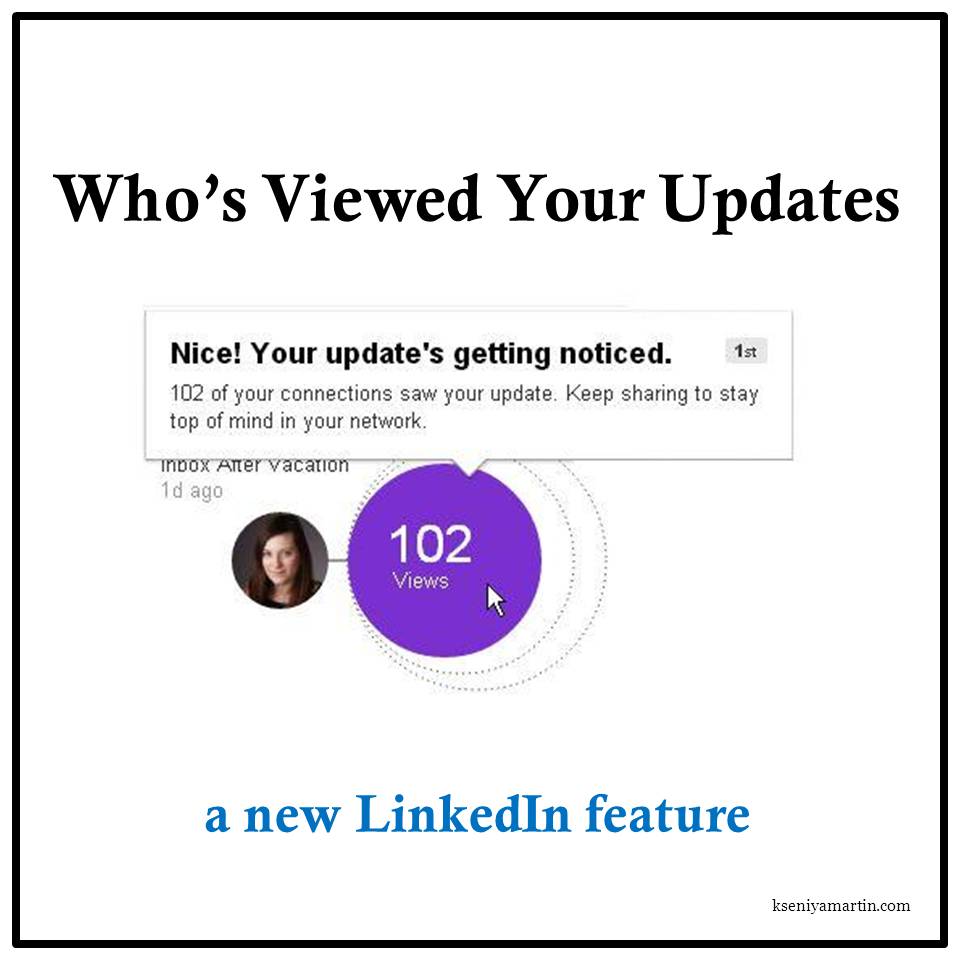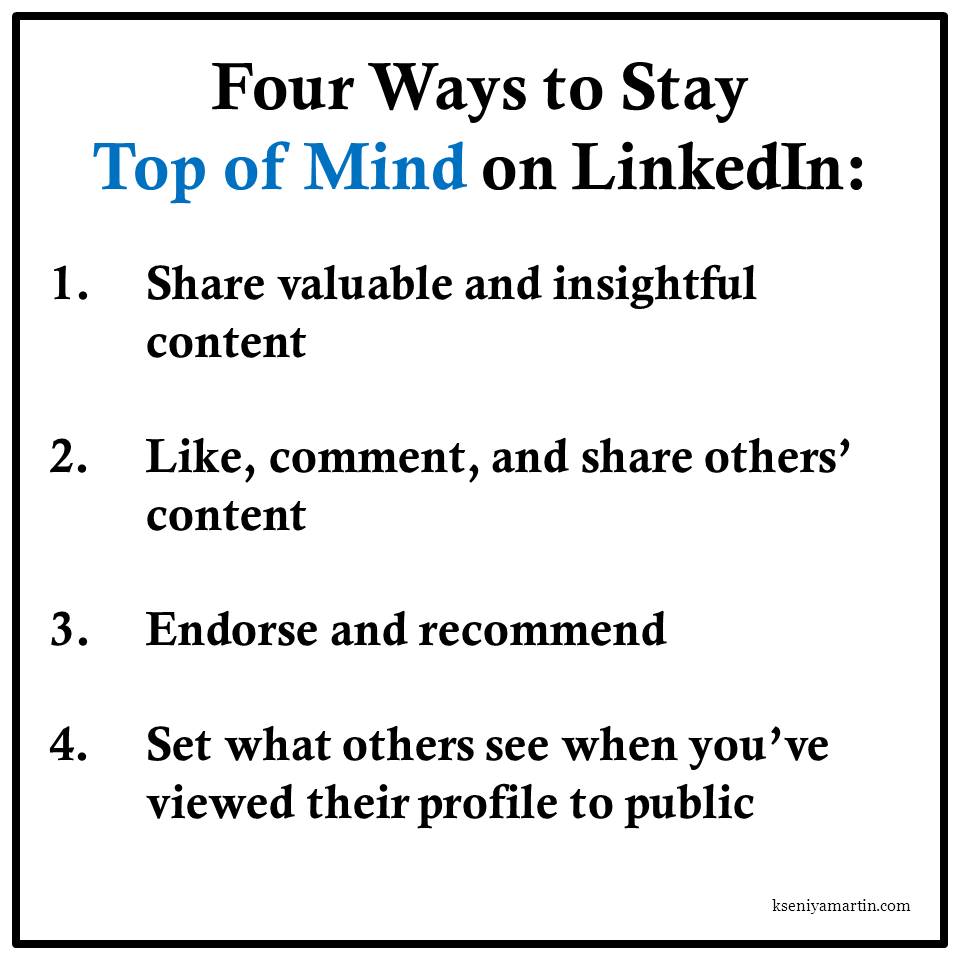The LinkedIn Cold Call
/Let's pretend it's 1994, before everyone had an e-mail address and LinkedIn did not exists. A sales rep (name Alex) just attended a training session lead by a self proclaimed guru and cold call expert. Alex could not wait to get back to the office to try out all the "amazing breakthrough" techniques he learned.
One of those techniques included asking someone to coffee or lunch the moment they connect via phone.
Alex decided to call Samantha, a potential customer. They have never met but Alex knows that they have several people in common so this should be an easy way to try out the guru's advice.
The phone rings and Samantha recognizes the area code because she has friends from that particular city.
Samantha: Hello, this is Samantha.
Alex: Hi Sam, this is Alex from Acme Inc. We know the same 20 people, let's get lunch. I want to get your thoughts on everything that you know. Also, I need your help on a project I'm working on and I want to sell you my services.
Samantha is baffled and a little creeped out. She's doesn't know who Alex is and has never heard of his company. The fact that they know 20 people does not help earn the trust. The rest of the conversation is awkward and Sam rushes off the phone. That icky feeling sticks and the damage is done, she will never do business with Alex or Acme Inc.
Twenty years later, this happens every day on LinkedIn.
The cold call is dead but there are a lot of misguided gurus still teaching the same techniques through these "new" communications channels. However, the social media channels require a different approach.
We're in the trust economy now.
No trust, no sale.
How to NOT be creepy on LinkedIn
Courtship
All relationships, whether they're professional or personal, require courtship. Yes, it takes time and is not always easy. There's no magic bullet that builds trust.
Also, don't be creepy about it. People don't like that.
Find Something in Common
What common interests do you have with the person you're trying to court? The fact that you know 20 people doesn't mean much. How do you two know those people? What are the common denominators in those relationship? Do your homework.
Provide Value
Stop asking people for things (time, money, ideas, etc.) before you have given them something first. Give to give, not give to get. Providing value builds trust. Just don't be creepy about it. Don't overload them with information and make sure that the value you provide is specifically targeted towards that person.
Get Referred by a Common Connection
LinkedIn has this handy dandy feature where someone you are connected with can refer you to someone who they're connected to. This is a less creepy way to connect with someone you don't know and comes with automatic trust that their friend will not refer someone who has no reason for connecting with them. This can also be achieved at networking events through introductions, or Twitter, or Facebook messages, etc. A referral is worth its weight in gold.
There's nothing wrong with asking someone to coffee or lunch to get to know each other better. Build the trust first, prove to the person that you're not a serial killer or trying to get into their proverbial and/or literal pants. There IS a better way to do it than to "cold call" someone on LinkedIn because some guru told you it works.
People do business with people they know, like, and trust. Be that person.






